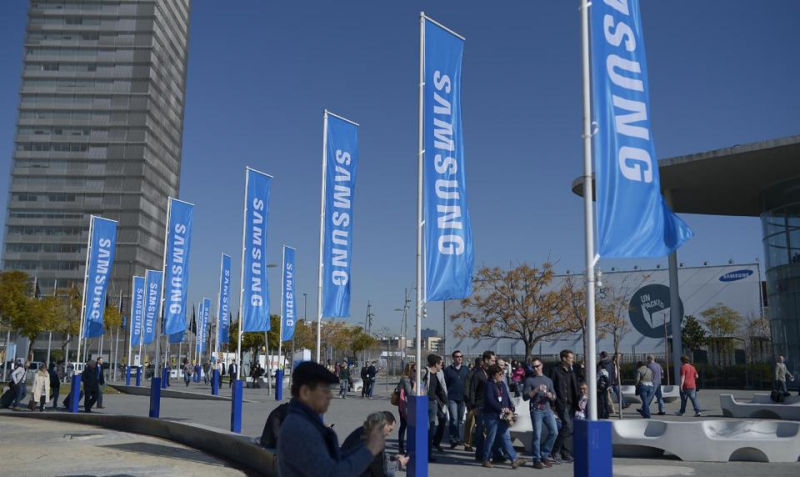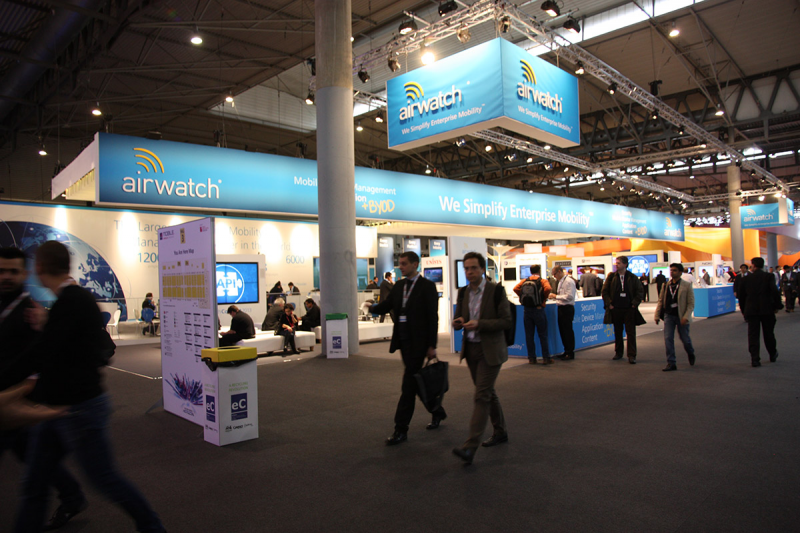MWC: Mobile Enterprise Moves to Content and full services beyond MDM



My colleague Dan Bieler laid out the overall impressions on his take of the MWC. I fully agree with his view, noticing the number of cars being displayed as attractors to make up for the lost appeal of devices.
My questions were more focused on the impact of announcements and innovation in the enterprise sector. Here is what I took in that respect from Barcelona:
- Enterprise providers are preoccupied with mobile integration beyond MDM. Complexity of enterprise content integration into different mobile architectures dominated the agenda of many providers. In this context, everyone in the services arena talks about being a leader for the “end to end” value proposition. The overstretched term “end to end” means different things to different people. Vendors talk about technology stacks, service providers also talk about global reach. In this context, the exclusive alliance model for local best-of-breed providers by GEMA offers an interesting realization of the “think global, act local” concept.
- Enterprise content receives more attention than devices or platforms. Enterprise service providers and vendors spent little time talking about OS and focused on content licensing, enterprise container architectures, application wrapping and user identification across devices than there was on hardware. Telcos, MDM providers and technology specialists focus their efforts on carrying content across all OS platforms rather than supporting specific platform integration. One notable exception to this trend was the considerable attention to the launch of Samsung Knox 2.0.
- Samsung Knox 2.0 gets mixed reactions. All credit to Samsung for consolidating the fragmented Android OS landscape and turning it into a secure enterprise proposition. But with it comes a high risk go-to-market strategy based on additional monthly license fees which cost more than MDM. The integration of functions like cloud-based mobile device management and content distribution into the vertical Samsung stack is starting to discomfort some of its partners. With that positioning, they have a battle on their hands to calm fears about vendor lock-in.
- Workforce productivity cases beyond smartphones were the exception. Real enterprise cases for wrist band technology or smart clothing were few and far in between. Fujitsu demonstrated how Augmented Reality and Google Glasses can be embraced into a business scenario. A service technician used the glove to sense cables to be connected in a data center in combination with Google Glasses. As far-fetched as it sounds, this kind of showcase is needed to stimulate creativity. Business scenarios must be grounded in highly visible value for safety or productivity to be seriously considered at this stage.
In essence, the Mobile Mind shift in the enterprise boils down to delivering relevant content to the right user on the device of their choice. The industry demonstrated visible efforts on delivering a more compelling mobile experience. But it is selling itself short of its true potential with too much debate on the complexity of the underlying technology. There needs to be far more discussion on true mobile productivity scenarios and their enablement.